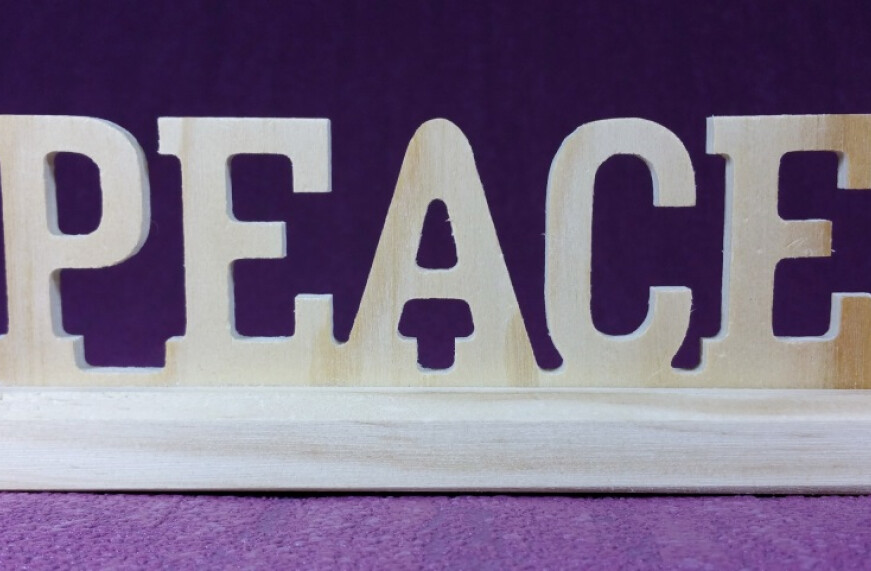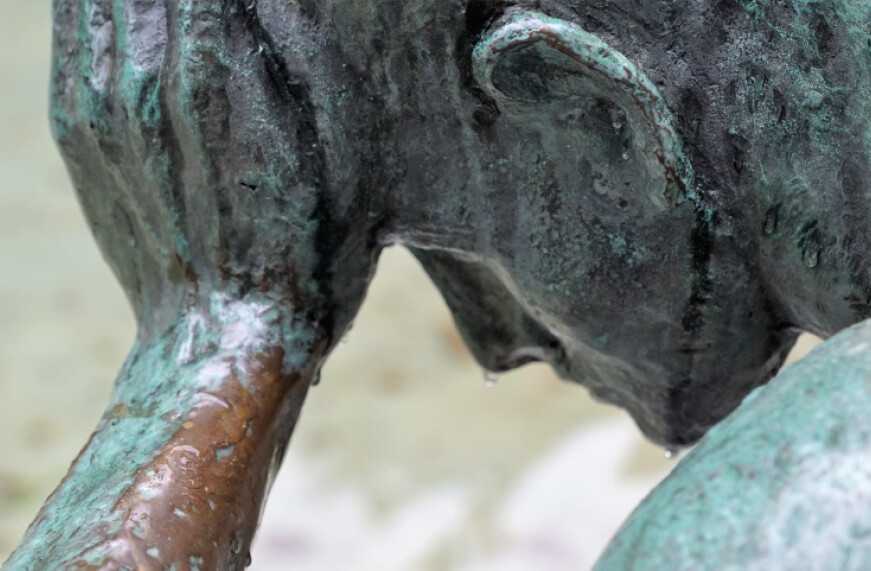Sign of Peace

A part of the Mass that may seem very casual and straightforward but is actually an invitation to an incredible moment of forgiveness and healing is the Sign of Peace which is not as easy as we might think. And if we think about it this action is a little odd, I mean we take a pause in the liturgy to give each other a handshake, or if you were me when I was younger a successful sign of peace was when I crushed my siblings hand hard enough they winced in pain.
The reality of what we are doing in this moment though is important and it stems from a passage in the Gospel of Matthew which says, “Therefore, if you are offering your gift at the altar and there remember that your brother or sister has something against you, leave your gift there in front of the altar. First go and be reconciled to them; then come and offer your gift.”
The Sign of Peace occurs right before we come forward to the altar and receive Communion. But we cannot receive Communion if we are at odds with someone in the community. You cannot be in Communion with someone you are fighting with, so at the Sign of Peace, before approaching the altar of Communion, we turn to our brother and sister and first make amends with them, we give them peace.
That is no light or easy moment, for two reasons. The first reason is we make peace with the ones we love the most, which can be the people we hurt the most, our own family. We turn to them and in our sign of peace, we are both apologizing for the hurt we have caused them and forgiving the hurt they have caused us. For a handshake, which is just the sign we use for the peace we give, is something you both give and receive. It is a beautiful moment of reconciling so that we may approach the altar without anger, hatred, or hurt in our heart for the person next to us.
The second reason the sign of peace is no light or easy moment is that you are not just giving and receiving peace with your loved ones. You are also giving and receiving peace from the larger community. The person who cut you off, the friend who betrayed you, the boss who yelled at you. At the sign of peace you are also reconciling yourself with those people, forgiving them and asking forgiveness if the roles are reversed, because if you do not, you cannot receive Holy Communion fully, because you cannot be in communion with people you have anger or hatred for.
With this understanding, the sign of peace at Mass is not a light moment, in fact it is a solemn and grave one, but also a beautiful one. And I can think of no better way to prepare to receive Christ in the Eucharist, than offering each other the sign of peace.


